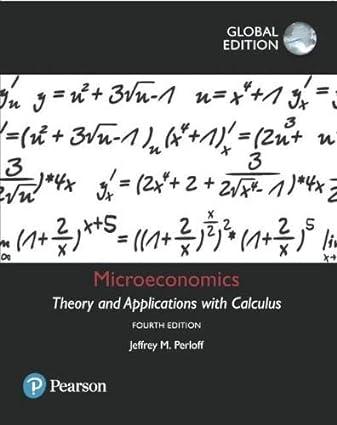2.13 Carolyn and Sanjay are neighbors. Each owns a car valued at $10,000. Neither has comprehensive insurance
Question:
2.13 Carolyn and Sanjay are neighbors. Each owns a car valued at $10,000. Neither has comprehensive insurance (which covers losses due to theft). Carolyn’s wealth, including the value of her car is $80,000.
Sanjay’s wealth, including the value of his car is
$20,000. Carolyn and Sanjay have identical utility of wealth functions, U(W) = W0.4. Carolyn and Sanjay can park their cars on the street or rent space in a garage. In their neighborhood, a street-parked car has a 50% probability of being stolen during the year. A garage-parked car will not be stolen.
a. What is the largest amount that Carolyn is willing to pay to park her car in a garage? What is the maximum amount that Sanjay is willing to pay?
b. Compare Carolyn’s willingness-to-pay to Sanjay’s. Why do they differ? Include a comparison of their Arrow-Pratt measures of risk aversion.
(Hint: See Solved Problem 16.4.) M
Step by Step Answer:

Microeconomics Theory And Applications With Calculus
ISBN: 9781292162744
4th Global Edition
Authors: Jeffrey M. Perloff






